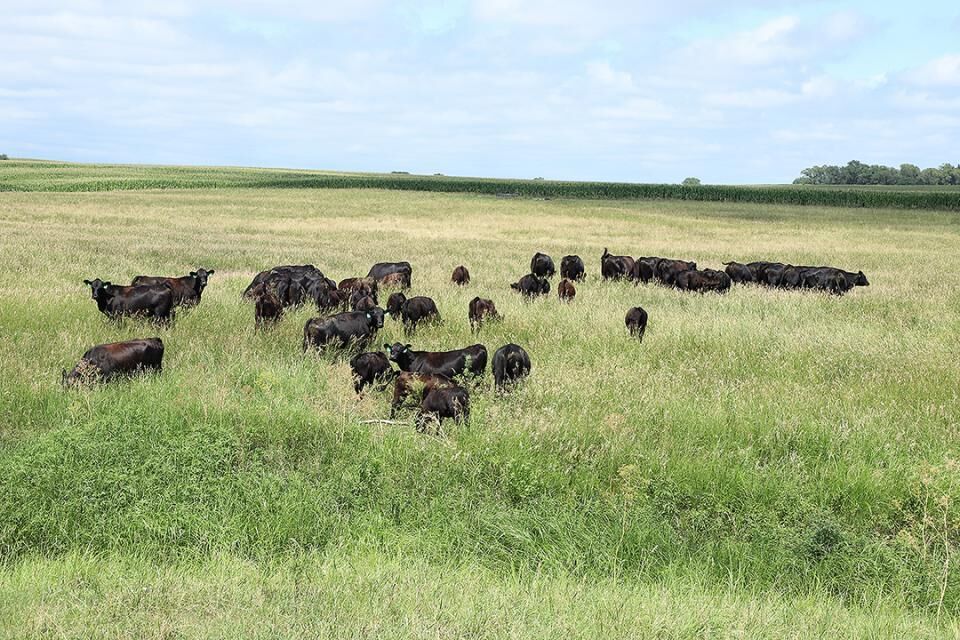Pastures are starting to green up. That is usually a good sign—except when most of the green is coming from weeds.
In warm-season grass pastures, an abundance of early weeds will remove moisture that could be used for grass growth later on, and they remove valuable nutrients from the soil. Early weeds also can develop so much growth that they can shade, smother and reduce early growth of your summer pasture grasses.
Herbicides like glyphosate and imazapic (Plateau) as well as prescribed burning can control many early weeds, but I think another method is actually better—grazing. Heavy, pre-season grazing costs you nothing. In fact, you get some feed from these weeds while herbicides or burning would only kill and remove growth. Plus, this early pasture might be especially valuable if it saves you from feeding expensive hay this spring.
For mixed cool- and warm-season grass pastures, early flash grazing also can be used, but we do want to be a little more cautious as to not overgraze any desirable cool-season grasses. In areas where cheatgrass or downy brome is a problem, grazing at strategic windows—such as during the cheatgrass elongation phase right before seed set—appears to be the best time to apply grazing. Grazing at this time matches diet preference by grazing animals with the cheatgrass growth period and limits over use on perennial cool-season grasses growing at the same time. Targeted grazing is a long-term management option that can utilize cheatgrass as a forage resource and limit the potential seed proliferation within a system.
While early flash grazing of some pastures will not eliminate all the weeds, it can actually make for some pretty timely and valuable pasture.


